Carbon Cycle
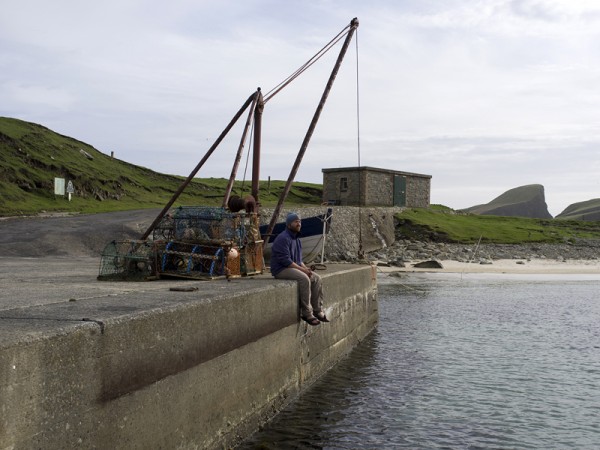
CARBON/SINK
Site-specific organic drawing, North Haven pier, Fair Isle
(peat and fresh water / 12” x 120”)
A musing on the ecology of the Carbon Cycle and the human intervention within it’s system: the symbiotic links between the entropy of organic matter – moorland as a carbon sink – fossil fuels – carbon dioxide emission – greenhouse effect atmospheric warming – sea level rise – erosion – loss of land – the creation of islands…
This large-scale peat drawing is probably the first public art piece of its kind on remote Fair Isle. I carefully collected the peat (already loose on the hillside) and freshwater from Ward Hill on the Northern part of the island. Peat is a beautiful material pigment to have the pleasure and privilege of working with.
Occupying an unusual space somewhere between the literal and the abstract, this drawing is intended to be self-reflexive, subtle, organic and ephemeral. Over time it will be decay with the weather and tides. I suppose a characteristic of its subtlety is that, at a glance, it appears to be natural – maybe non-human? It is assimilated with the place.
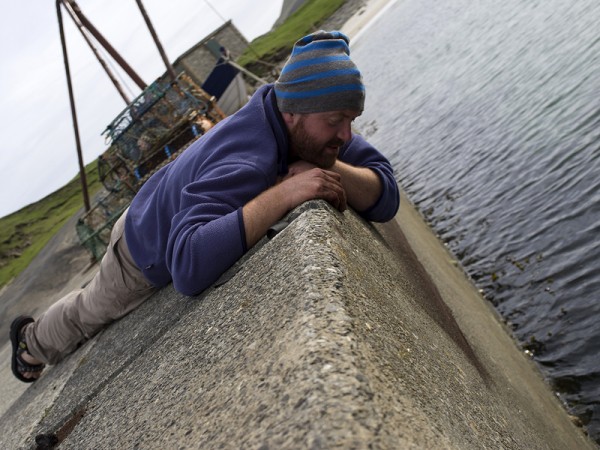
The treeless, moorland landscapes of the Northern Isles are rich in biodiversity and incubate thousands of years of dense natural carbon. For centuries peat was the primary fuel source for the islands’ human inhabitants. These islands are home to two of Europe’s largest oil terminals: Flotta on Orkney, and Sullom Voe on Shetland (operated by BP). Juxtapose this with the fact that Orkney is also a globally significant site of cutting-edge research into marine renewable energy technology (wave and tidal), an uncanny, poetic entanglement of histories, compromises and dreams begins to emerge.
Whilst travelling through the island landscapes of Hoy (Orkney), Fair Isle, and mainland Shetland, I observed the scars on the land – deep cuts into the peaty fabric of the earth. Pockets of human activity very visible, they seemed to me memorials of a bygone era – runes or inscriptions of an indigenous way of life, now lost. Although it is a way of tradition and heritage, arguably the harvesting of peat as a fuel source is unsustainable, and its history permeates the present and possible futures of the islands.
Photographs by Jennifer Wilcox.
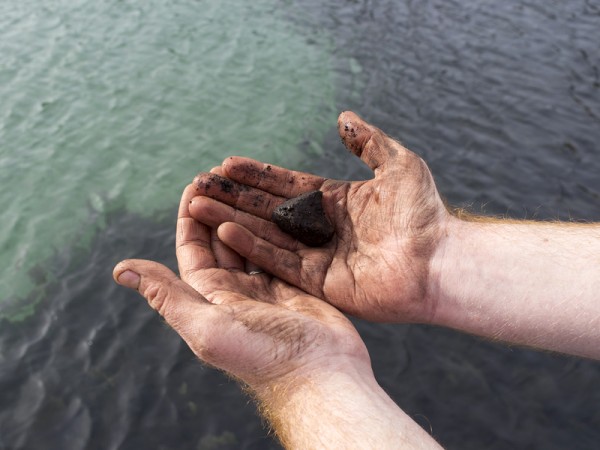



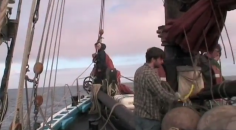
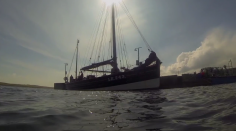

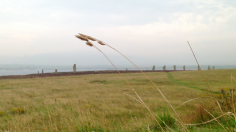
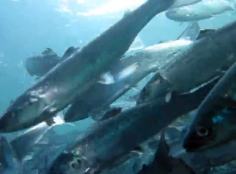
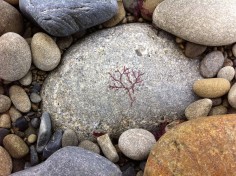
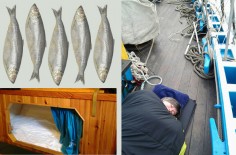


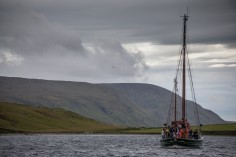







This is beautiful, James. Thanks for sharing!
Do you have any more pictures of Carbon Sink?
kind regards, Alex